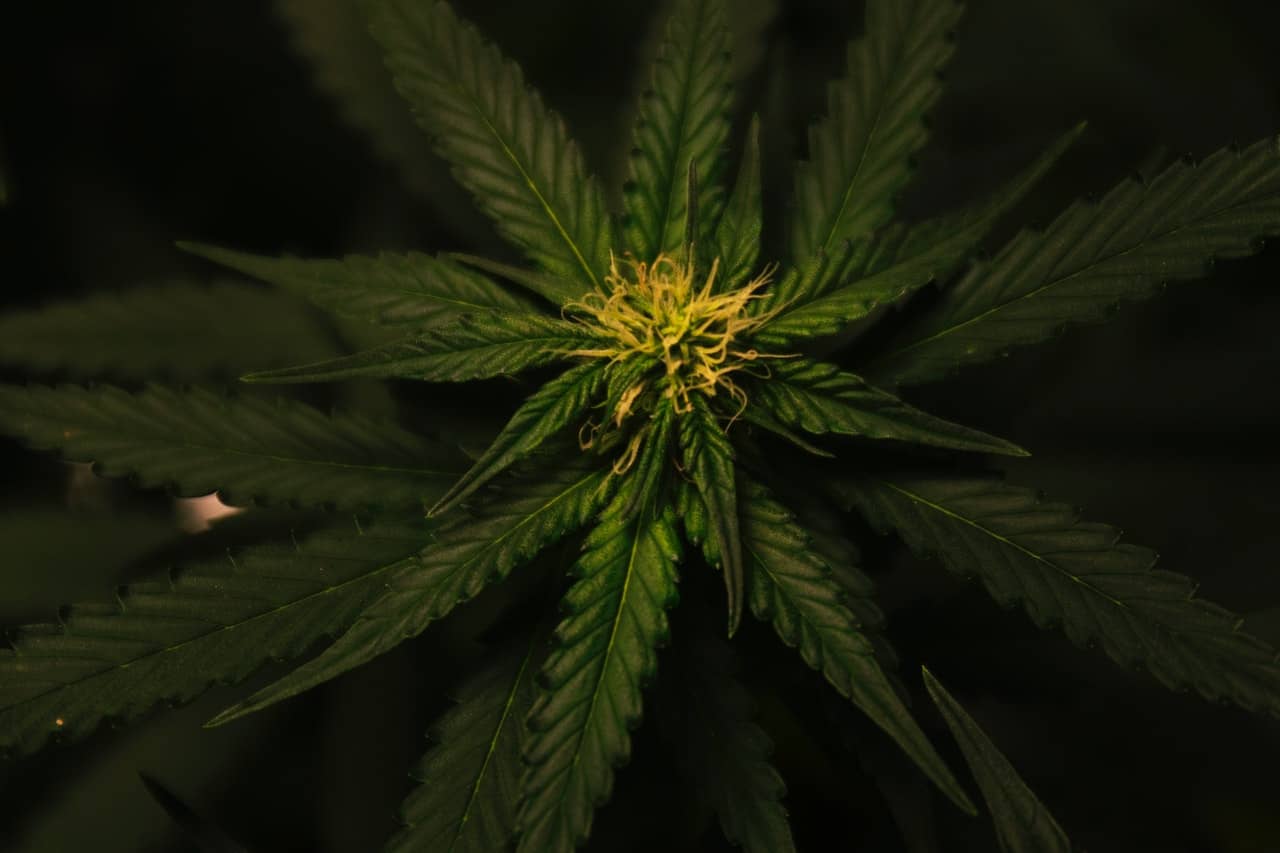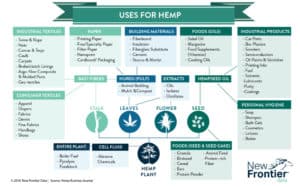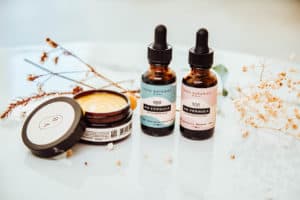Hailed as a cure for everything from anxiety to asthma, CBD is truly having its moment. Back in 2019, we discussed the how, what and where of CBD products in Asia and have witnessed the industry soar to even loftier heights since. Rappers are selling it. Hollywood stars are embedding it into their beauty regimes. Influencers have added it into the endless roster of products they are pushing. But, with growing demand, just how ethical is the CBD business?
When you Ecosia CBD (because we’re not using Google any more, right?), you will find thousands upon thousands of blogs, Facebook groups and articles about the seemingly infinite benefits of CBD (cannabidiol) and how to find the right dosage for the results you desire. You will also find an overwhelming number of products to choose from – everything you can imagine including an array of oils, teas and skincare products. There is no end to what you can infuse with CBD and the market is saturated.
What seems to be missing from the discourse, however, is the ethics and sustainability of the industry. To find out the impact of this rapidly growing appetite for CBD and other cannabis products on people, the planet and animals, you have to dig a lot deeper. After a considerable amount of searches, it transpires that very few CBD products on the market reference sustainability on their website. And we know by now, that if a company is doing anything remotely good for the environment, they will be shouting it from the rooftops because in 2021 sustainability sells (have you read our guide to call BS?).
Because of hemp’s approximation to hippie culture and now the multi-billion dollar wellness industry, it feels like there is an assumption that cannabis-related products are always “green” and “clean” – great for your health and for the planet. Unfortunately, in a capitalist world, it’s just not that simple. In a similar vein to crystals and palo santo, the wellness world is waking up to the potential harm caused when traditional medicines or rituals become popular globally.
Wonder crop
CBD is derived mainly from industrial hemp. This variety of cannabis does not contain THC, the psychoactive part of the plant that gets you “high”. Hemp has long been famed as a wonder crop. And this prestigious title is well-deserved – it is a miraculous plant and intrinsically sustainable. Different parts of the plant can be used to produce a multitude of products – fabric, food and medicine included.
Hemp uses a third less water than cotton. It can grow in most climates, in different kinds of soil and can thrive in smaller spaces than many traditional crops. It is a resilient crop – resistant to pests, diseases and frost. Because of this resilience, it requires fewer pesticides and the harmful chemicals that come with them. This is great for bees in particular who are a vital part of our ecosystem. Another item on hemp’s very impressive resume its ability to remove toxic metals, like lead, from the soil. This is called phytoremediation and hemp is so effective that it was even planted in the wake of the Chernobyl disaster to remove radioactive materials.
The “Great Green Rush”
At the end of 2018, the CBD market was valued at about $591 million and this is predicted to increase to about $20 billion by 2024. China, India and the US lead the market as the top three exporters of CBD oil. The demand for hemp and cannabinoid products shows no signs of slowing and farmers can be swayed towards corner-cutting and unethical practices in pursuit of profit. The industry is still largely unregulated leaving the door wide open for unscrupulous and unsustainable practices.
In the US, the FDA is waiting to release a “sound, science-based” policy. Unregulated means untested so until that policy is finalised, CBD consumers need to be extra vigilant when choosing products and doing a good deal of their own research to ensure they are buying safe and sustainable goods.
In addition to a lack of formal regulations, hemp production at this large scale has never existed and from seed to final product, the supply chain is facing many teething problems as it struggles to keep up with demand.
When chasing green trumps being green
While hemp is known for being a hardy crop that can withstand the elements, when grown specifically for its medicinal properties, the plant does require quite a lot of care and attention. It is easy to grow lower quality plants if they are not tended to by skilled farmers. Furthermore, each plant only produces a small amount of oil that can be extracted, which is done through a drying process, and farmers do not know the size of their yield until after the extraction process. This makes the farming and production processes tricky and in the absence of a regulation policy, there is nothing stopping companies from selling sub-standard CBD to avoid losing their investment.
Worryingly, a 2015 study on cannabis grown in California showed more than 80% of the samples tested positive for contaminants which are likely caused by the hemp plant storing those contaminants from the soil or water used in the growing process. This is the downside of phytoremediation. One of those contaminants was nickel, which is usually harmless in small doses but inhalation over time can be carcinogenic making it a significant concern for those who prefer to vape.
Another often overlooked issue with CBD cultivation is that many producers use still use grow lights. This practice likely commenced when cannabis was made illegal and production was taken inside or underground. Lots of lights mean lots of energy usage and that of course leaves a huge carbon footprint. When choosing a brand to try, make sure they are using plants that are sun-grown.
With so many players in the game competing for business, CBD brands are looking to set themselves apart. We know that greenwashing terms like “eco” and “sustainable” are hazy and without legal definition. So too are marketing terms being developed by CBD sellers and until the industry is regulated, businesses are free to invent their own terms without any science or legitimacy to back them up. Even worse, there are a huge number of fake products making the rounds on the internet. Cannabis and hemp special interest groups are warning customers not to purchase CBD on Amazon, which states in its terms and conditions that it prohibits the sale of CBD, and putting out information on how to catch a counterfeit.
Conscious CBD
The best quality, ethical hemp begins with clean water, organic soil and is grown under the sun. When looking for a truly conscious brand, there are a few key principles you can apply.
> Firstly, transparency is key. CBD brands that are prioritising profit will be deliberately vague, use ambiguous language and be cagey about the policies. There is no such thing as a perfect business but any company that is on a mission to minimise negative impact will share the details of their current practices, areas they have identified for improvement and measure they are taking to improve.
> A sustainable brand is mindful of not only the end product but the processes behind creating it. As well as looking out for sustainable packaging, interrogate their supply chain and business practices, too.
> It should be clear what their policies are on the labour and environment; how they are ensuring farmers are fairly treated and paid, whether they test on animals, how they are managing their carbon emissions.
> If you can’t find satisfactory information on their website, get in touch and ask them questions.





